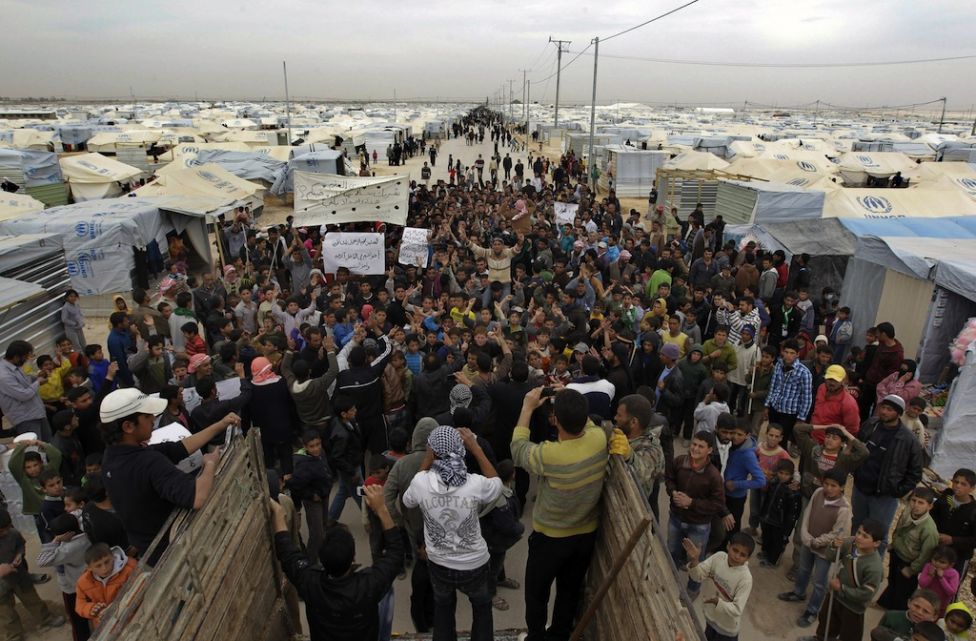Numerous news outlets and human rights groups have in recent months reported on Iraq’s increasing detention and deportation of Syrian refugees, in a breach of its non-refoulement obligations. Deportees have included registered asylum seekers with UNHCR documents as well as people with valid Iraqi residence permits. Reports also suggest that there are growing public calls […]
Iraq: Covid-19 and Detention
Since March, Iraq has imposed movement restrictions and closed border points to control the spread of the virus. The border closures have been a major obstacle for refugees and asylum seekers, mainly from Syria. However, UNHCR reports that since July the Peshkhabour Border Crossing Point has been open intermittently—albeit only to accept the readmission of […]

Last updated: July 2024
DETENTION CAPACITY
ALTERNATIVES TO DETENTION
ADDITIONAL ENFORCEMENT DATA
PRISON DATA
POPULATION DATA
LEGAL & REGULATORY FRAMEWORK
GROUNDS FOR DETENTION
LENGTH OF DETENTION
DETENTION INSTITUTIONS
PROCEDURAL STANDARDS & SAFEGUARDS
COSTS & OUTSOURCING
COVID-19 DATA
TRANSPARENCY
MONITORING
NATIONAL HUMAN RIGHTS MONITORING BODIES
NATIONAL PREVENTIVE MECHANISMS (OPTIONAL PROTOCOL TO UN CONVENTION AGAINST TORTURE)
NON-GOVERNMENTAL ORGANISATIONS (NGOs)
GOVERNMENTAL MONITORING BODIES
INTERNATIONAL DETENTION MONITORING
INTERNATIONAL TREATIES & TREATY BODIES
International Treaties Ratified
Ratio of relevant international treaties ratified
Relevant Recommendations or Observations Issued by Treaty Bodies
§26. ...the Committee notes with concern that:
(a) Victims of trafficking and of prostitution are reportedly being mistreated or abused during interrogation, and incarcerated, fined, convicted, deported or otherwise penalized for unlawful acts such as prostitution and immigration violations;
(b) There are cases of girls sold into prostitution being kept in prison to “protect” them from reprisals for bringing shame on their family/community;
(c) Mechanisms have not been put in place for the identification of child victims of offences under the Optional Protocol, and officials have not been trained or provided with any guidance to identify these child victims or children at particular risk, such as undocumented foreign migrant children or children arrested on prostitution charges.
§27. The Committee urges the State party to:
(a) Take prompt measures to ensure that children’s testimonies are regarded as full proof, and that children are allowed to file a complaint on their own behalf;
(b) Immediately remove from prison all women and girls detained allegedly for their protection and provide them with all the support necessary;
(c) Establish an effective system of reporting, with a child-sensitive inquiry and judicial procedure that fully protects children’s privacy and dignity;
(d) Establish effective mechanisms to identify, detect and monitor children in vulnerable situations who are at risk of becoming victims of offences under the Optional Protocol, and provide these mechanisms with the necessary human, financial and technical resources, as well as training, for them to identify children who are victims or at risk of offences under the Protocol;
(e) Ensure that every child who has fallen victim to any of the crimes under the Optional Protocol is under no circumstances treated as a criminal, but always as a victim, and is provided with all the necessary protection, support and access to reintegration and recovery services;
(f) Ensure that victims of trafficking are protected from any form of mistreatment and abuse when in contact with law enforcement officials, and have access to reporting channels.
2015


